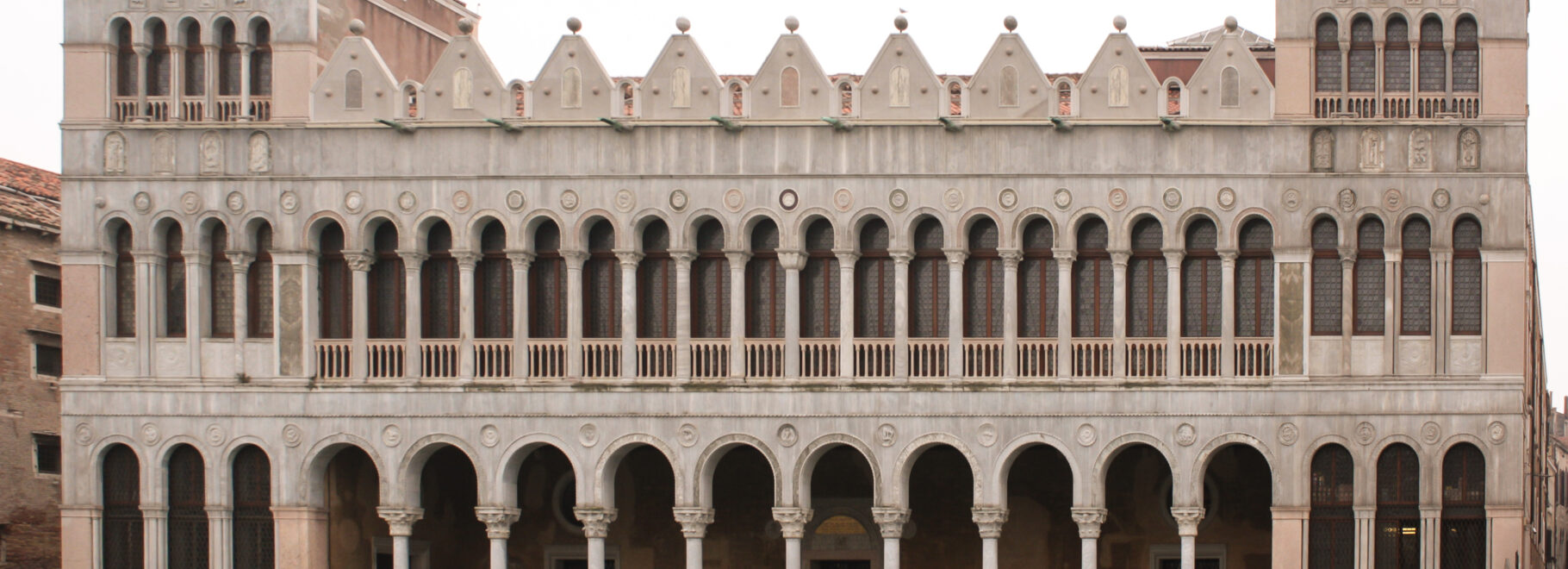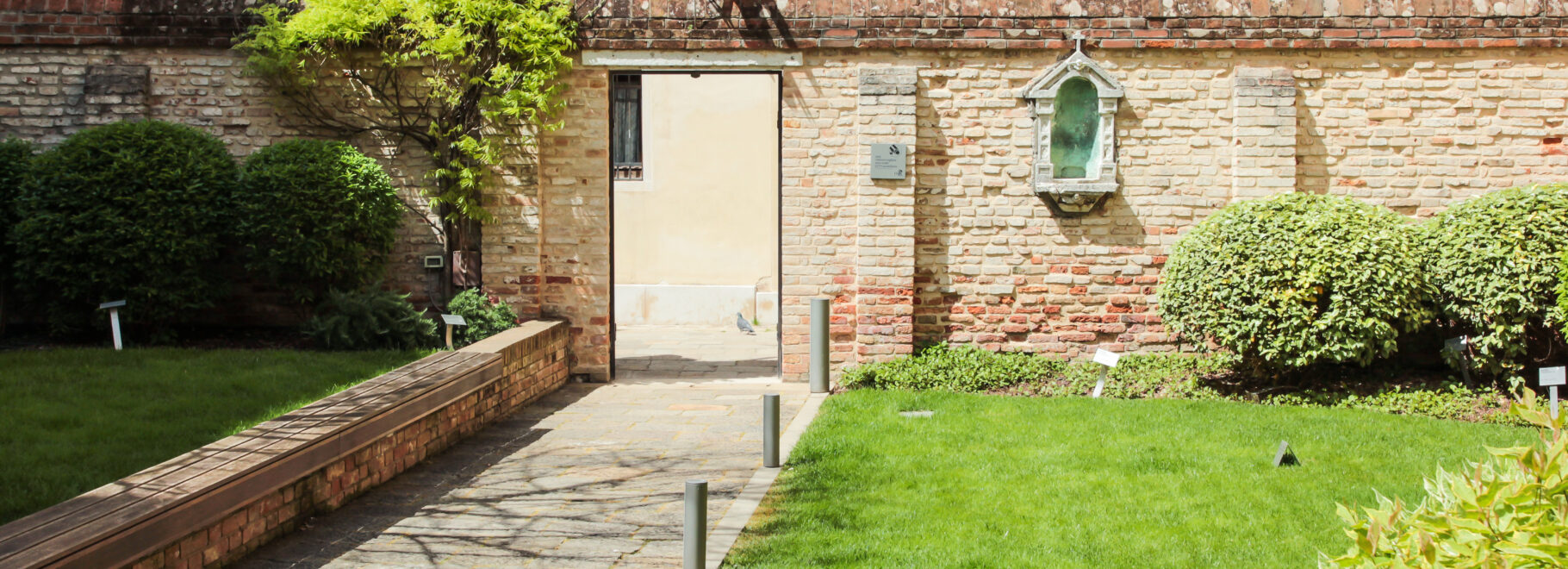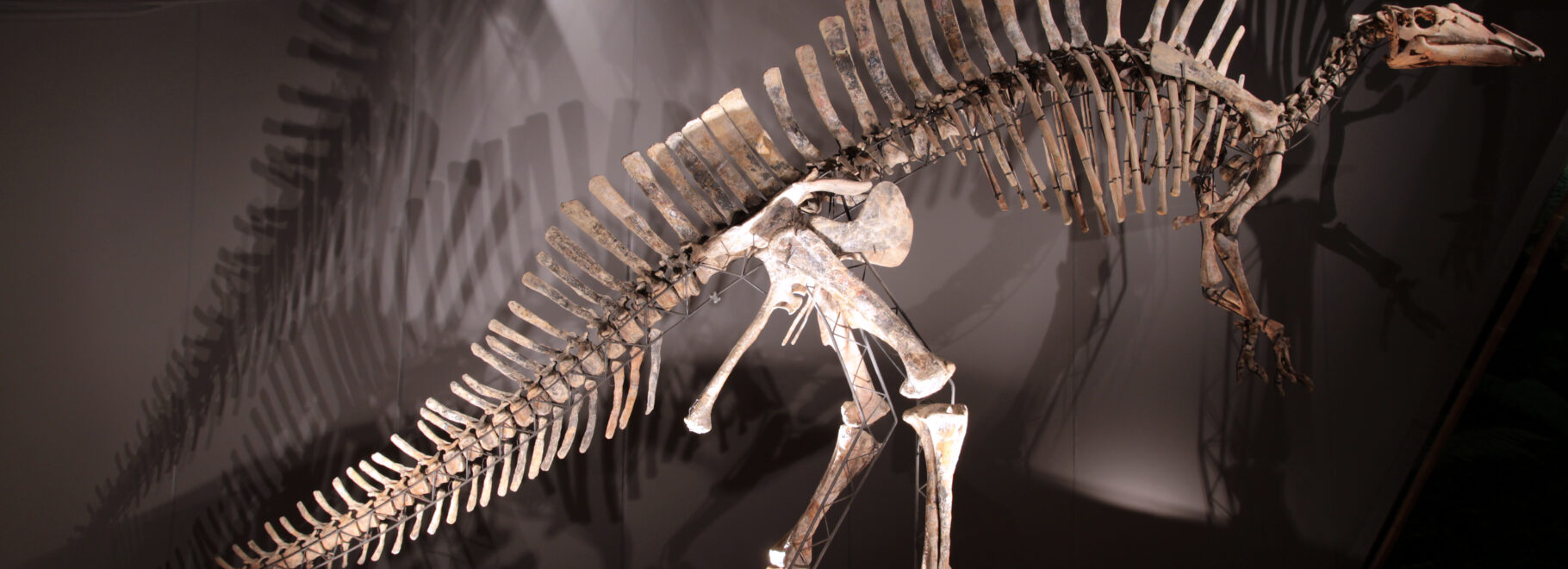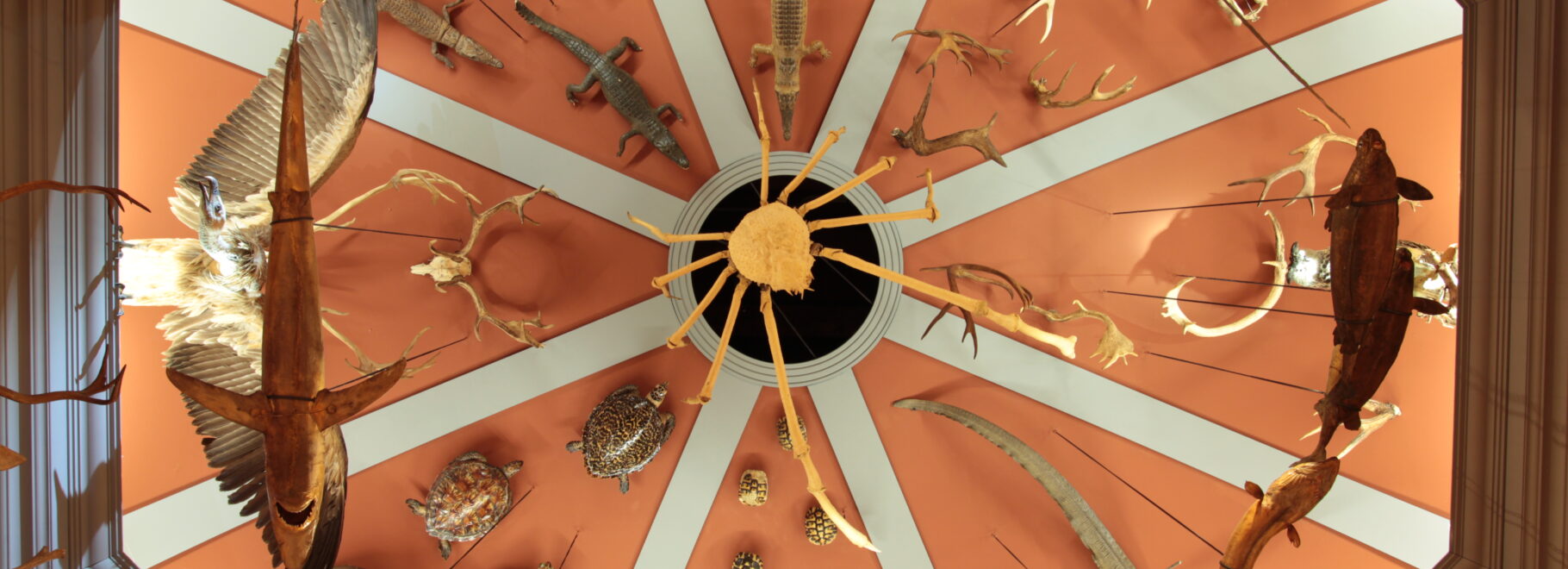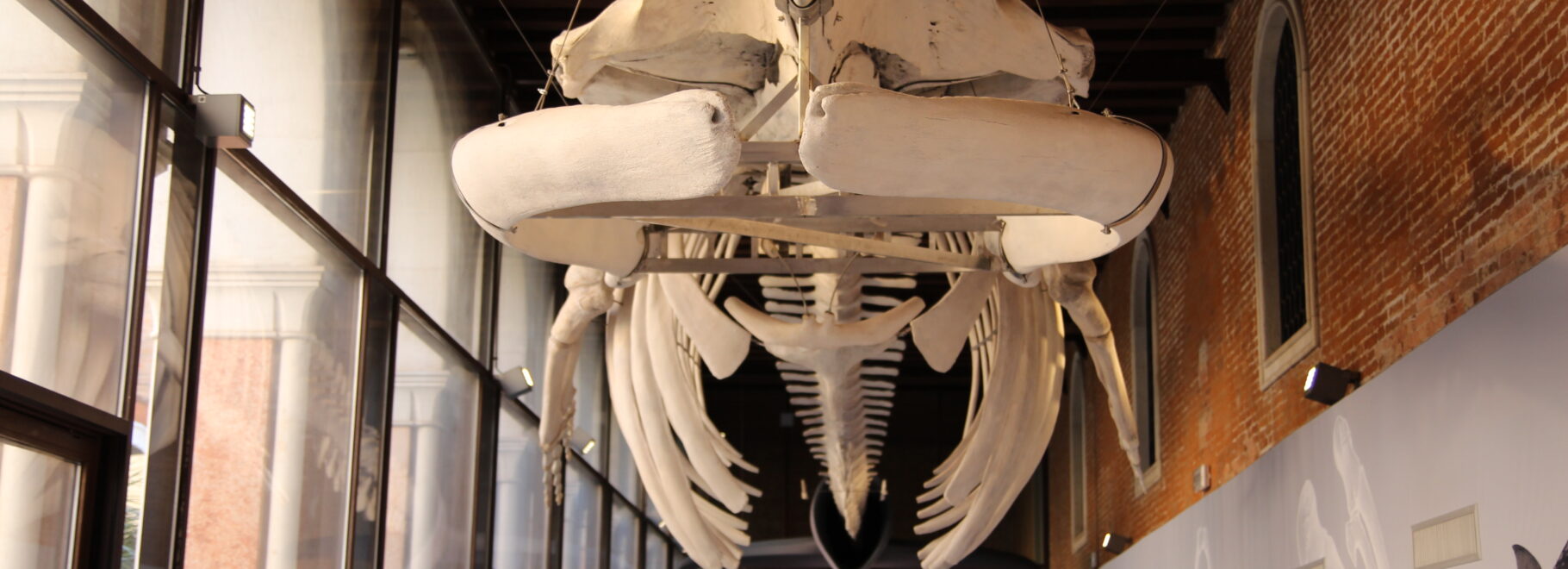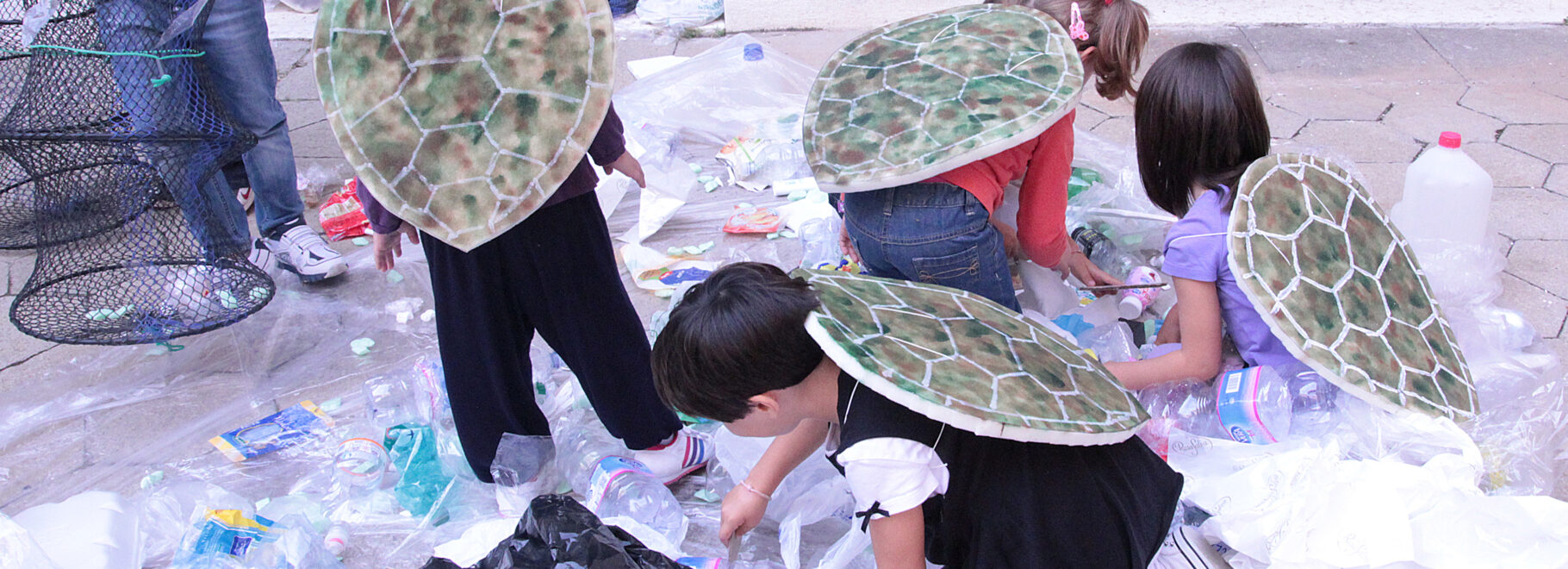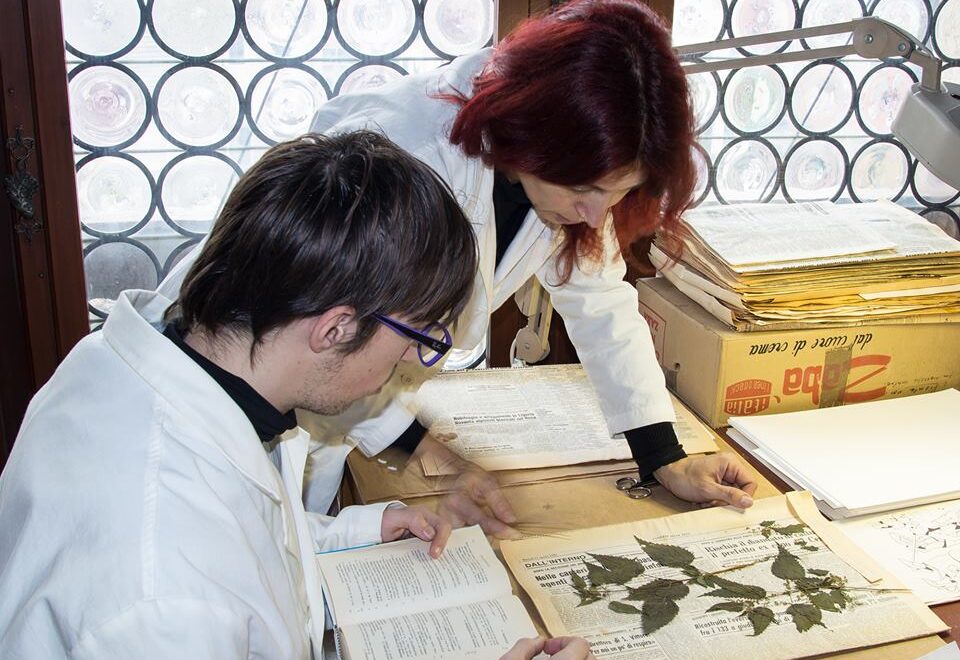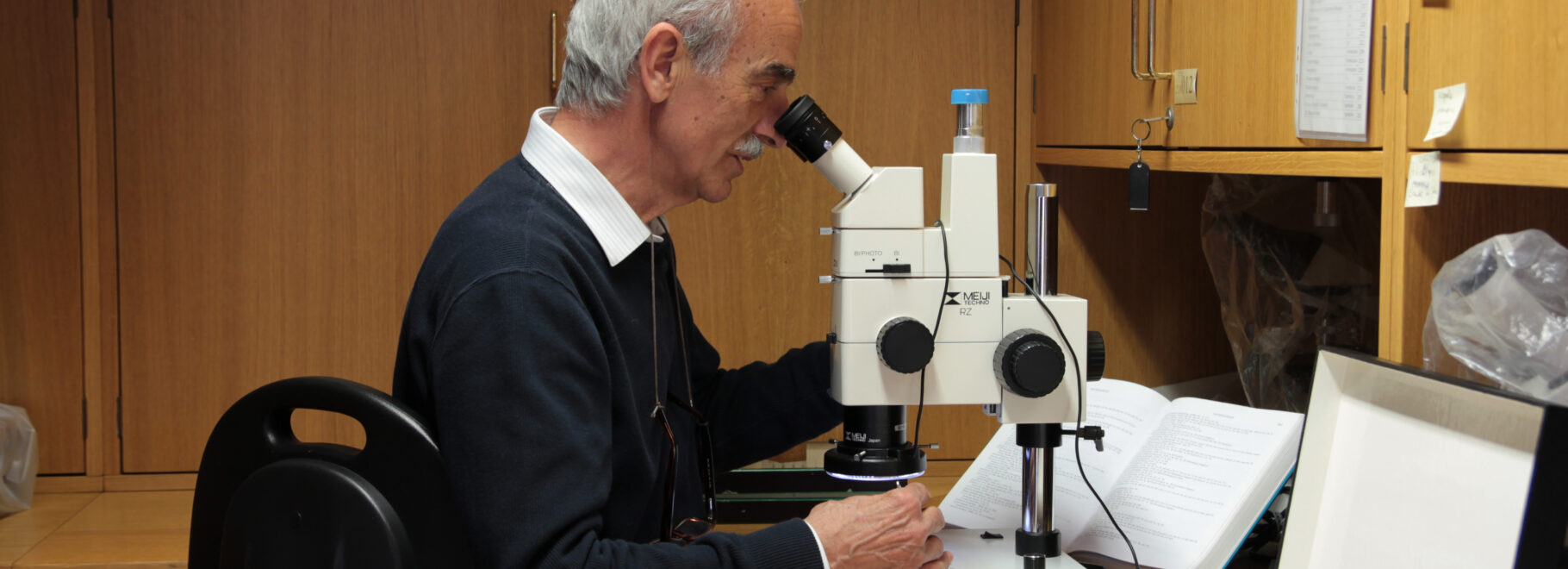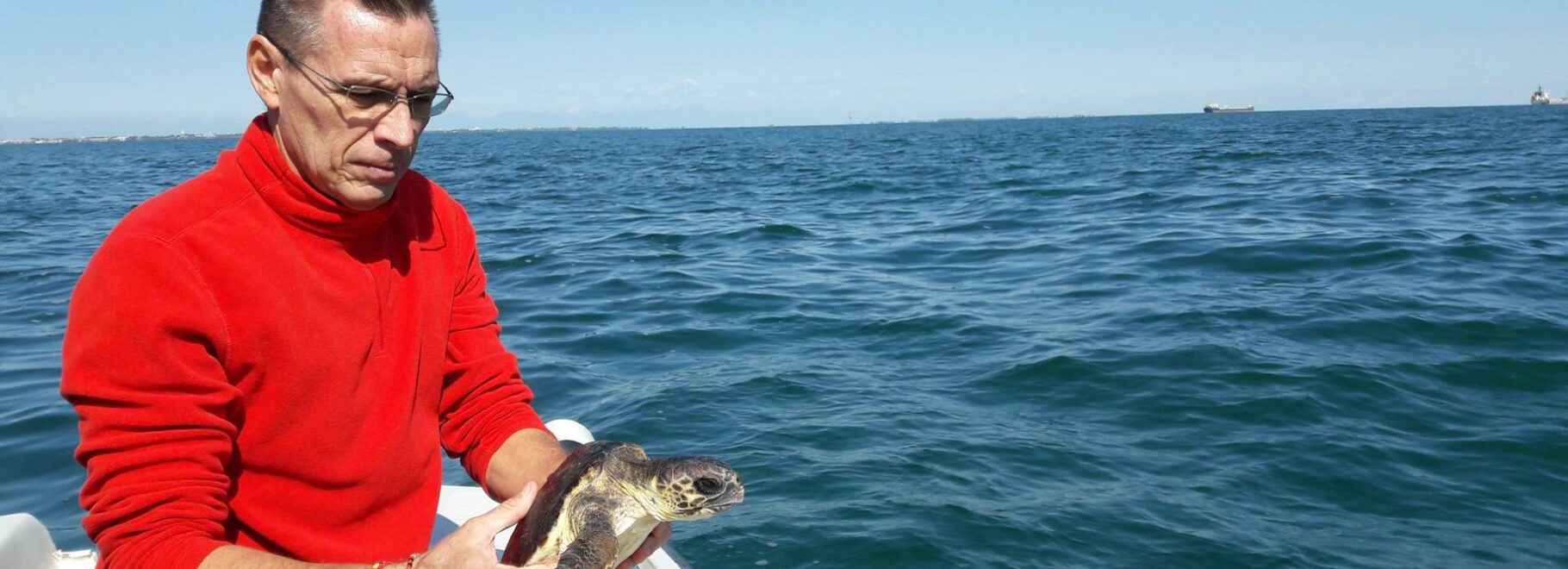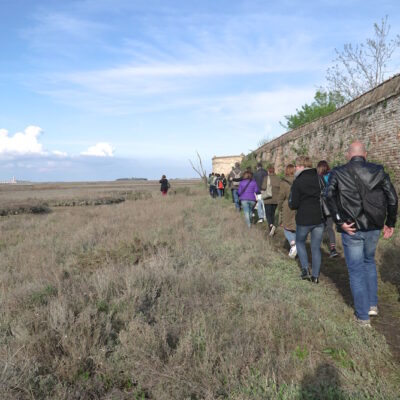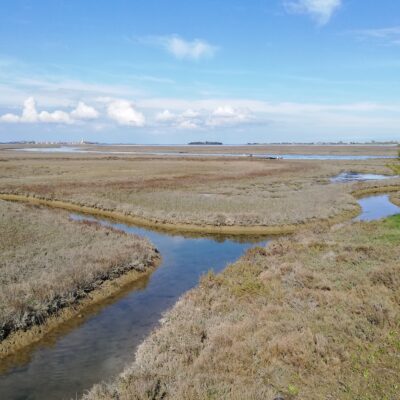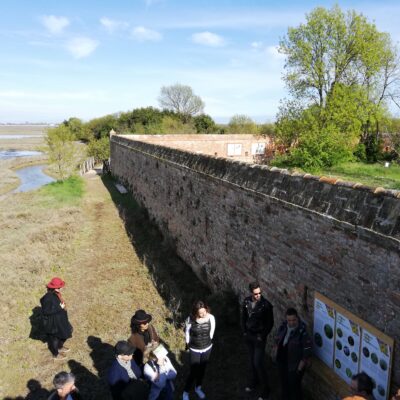The Fondazione Musei Civici di Venezia manages and promotes a museum system composed of 11 museums. The Natural History Museum, established in 1923 to house the most important scientific collections of that time, now holds more than 2 million finds: zoological, entomological and botanical collections, fossils, as well as ethnographic collections and a library with over 40 thousand volumes.
The museum’s permanent exhibit was completely renovated between 2011 and 2012 with a new captivating set-up, which mediate the complexity of scientific content through a highly scenographic display and a simple communication. The exhibition hosts three sections: the first one, “On the tracks of life”, is dedicated to paleontology; the second one, “Collect to astonish, collect for research”, recounts the evolution of the collections and the birth of scientific museology; the last section, “The strategies of life”, accompanies the visitor through the complexity of living forms. On the ground floor a five-meters aquarium recreates the extraordinary ecosystem of the tegnùe and its rich variety of living forms; suspended from the ceiling is a great skeleton of a fin whale, almost 20 meters long.
The Museum is primarily a scientific research institution. Thanks to its important scientific collections, to a big scientific library and to the expertise of the staff, the Museum carries out and promotes research in the field of biology and ecology of the Lagoon of Venice and of the local environment; the results are reported in scientific publications, both in the Museum Bulletin and in other sector publications.
In support of research and promotion activities, there is a laboratory for biological preparations. The Museum also offers a consultancy service for citizens to identify parasites, dangerous animals or other organisms; moreover, it is open to students interested in doing internships and research.
It also organises conferences, promotional events and especially educational activities, which attract thousands of participants every year.
Temporary exhibitions
FISHING IN THE LAGOON
The historical collection of Ninni-Marella models
The exhibition presents an exceptional collection of nineteenth-century models of boats and fishing equipment, heritage of the Museum of Natural History of Venice exhibited for the first time after its restoration. The pieces were made by the artisan Angelo Marella of Chioggia on commission from Count Alessandro Pericle Ninni, a Venetian naturalist and scholar of folklore, linguistics and ethnography. The collection tells the various moments of the fishing activity of the inhabitants of the Venice lagoon in historical times, illustrating the techniques, equipment, boats and traditions associated with this very important sector of the Venetian economy.
More information (only ITA): LA PESCA IN LAGUNA | Centro Culturale Candiani a Mestre | MUVE (visitmuve.it)


